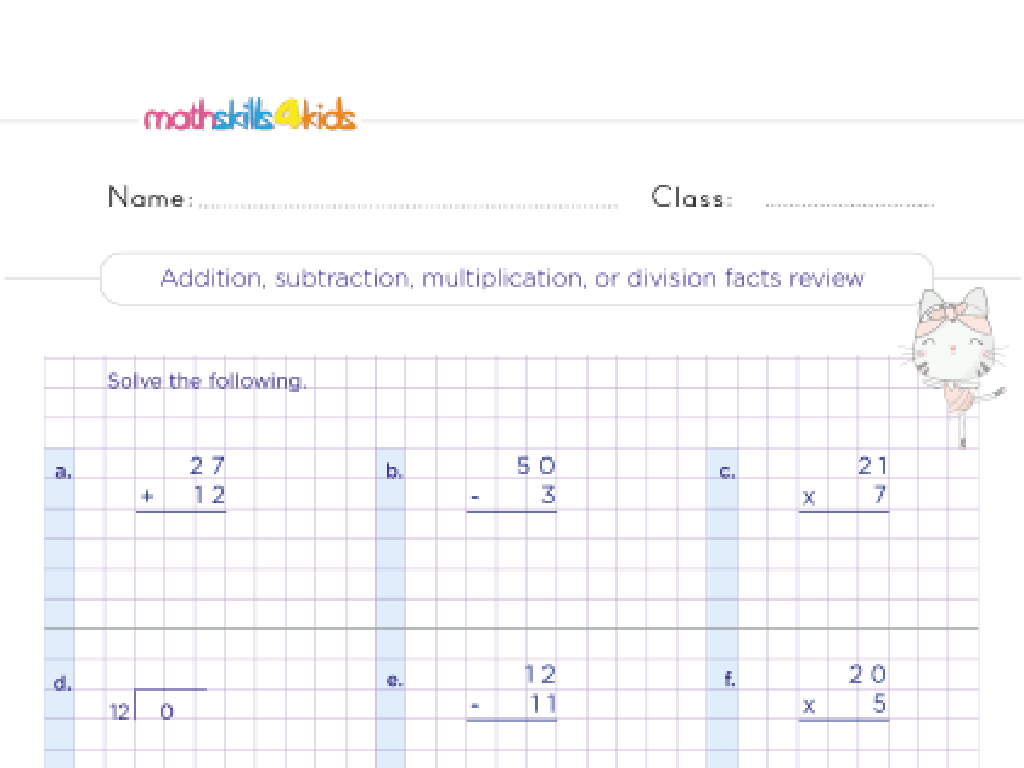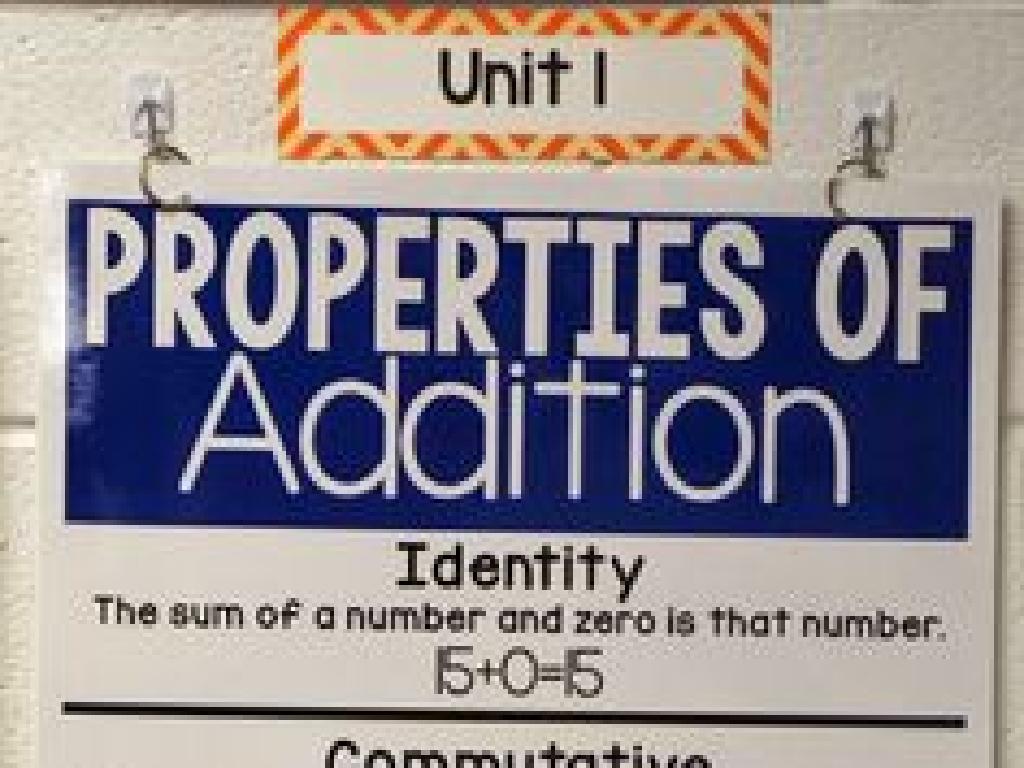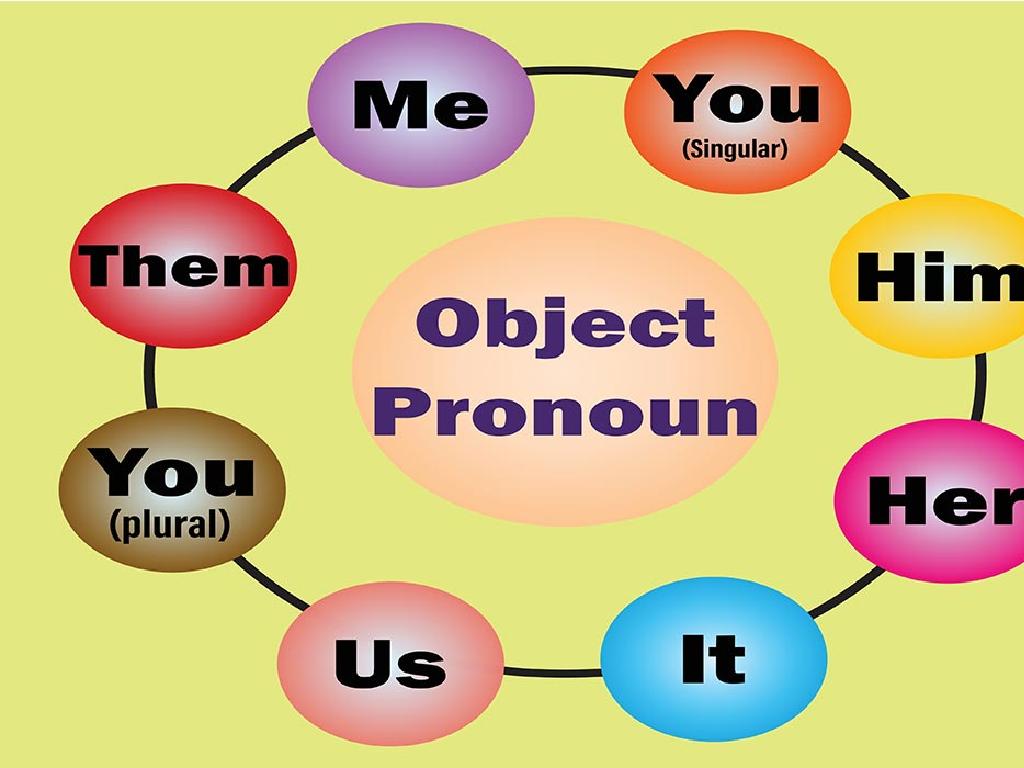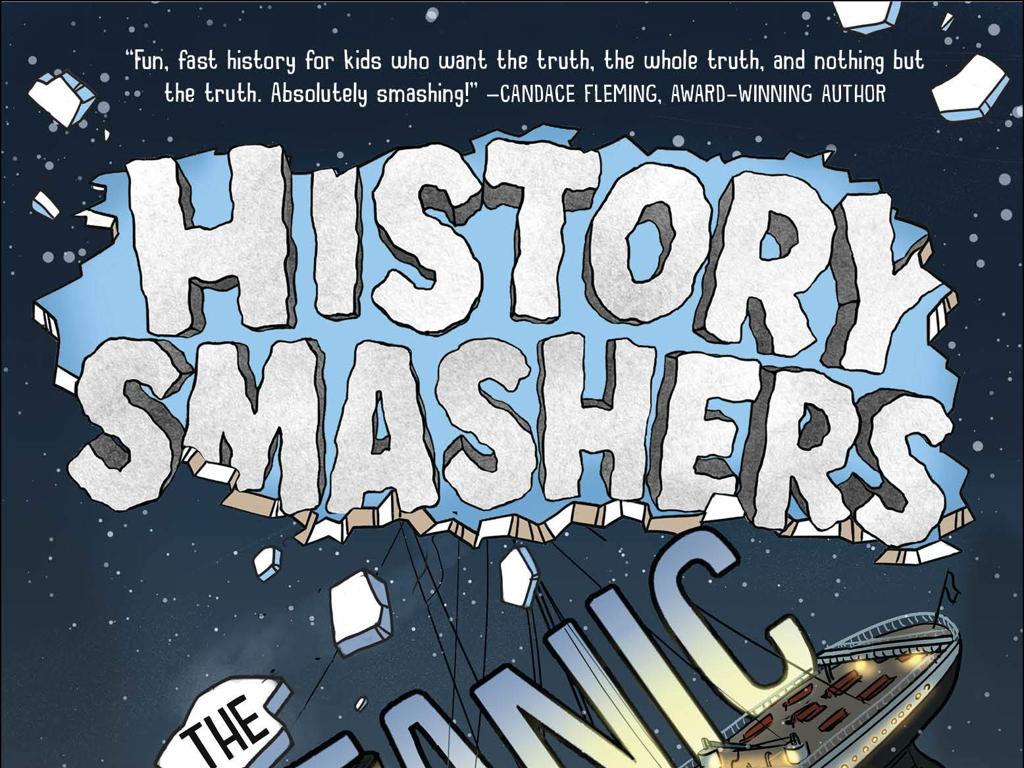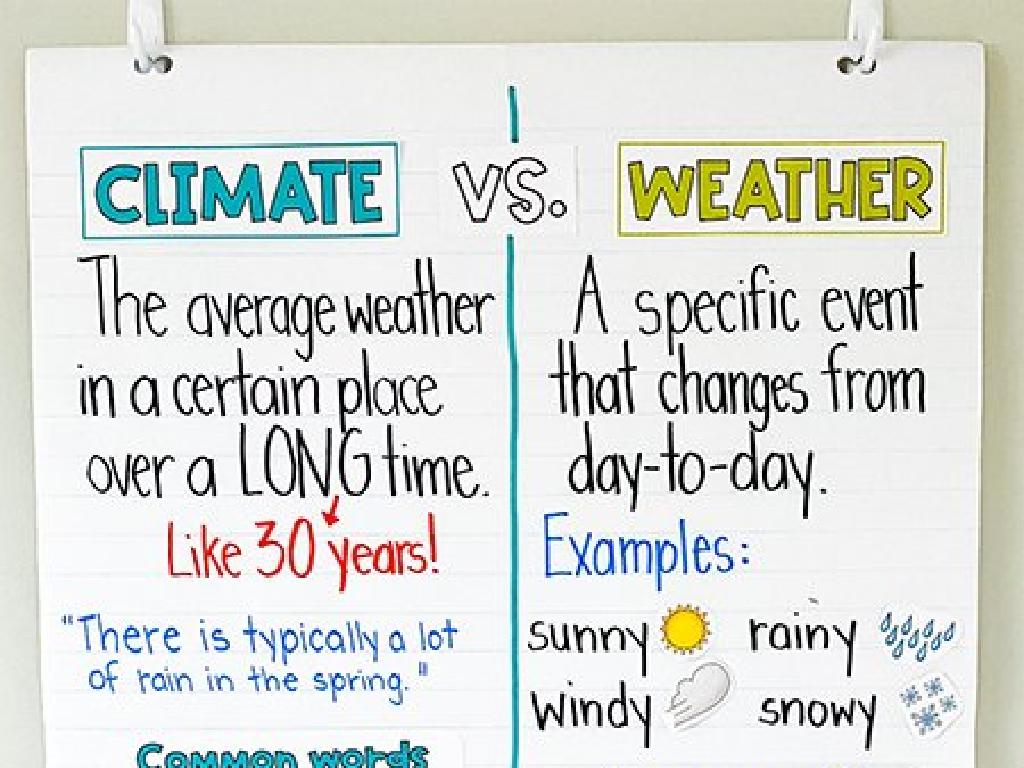Changes To Earth'S Surface: Volcanic Eruptions
Subject: Science
Grade: Fourth grade
Topic: Earth Events
Please LOG IN to download the presentation. Access is available to registered users only.
View More Content
Today’s Adventure: Volcanic Eruptions!
– Earth’s surface is always changing
– Mountains form, valleys carve out over time
– Volcanoes are a type of Earth event
– Volcanoes can form mountains and islands
– Eruptions change the landscape
– Lava flows and ash can reshape areas
– Magma and gases cause eruptions
– Magma from beneath Earth’s crust pushes up
|
This slide introduces students to the concept of Earth’s dynamic surface and the role of volcanic eruptions in shaping it. Begin by explaining that the Earth is not static; its surface is constantly being transformed through various events. Emphasize that volcanoes are powerful natural events that can create and change landscapes, forming mountains and islands. Discuss how eruptions, with their lava flows and ash, can dramatically alter the environment. Explain that eruptions are caused by magma and gases escaping from inside the Earth. Use diagrams or videos of eruptions to visually demonstrate these concepts. Encourage students to think of questions about volcanoes and their effects on Earth’s surface.
Exploring Volcanoes
– What is a volcano?
– A mountain that erupts with lava, ash, and gases
– Parts of a volcano
– Vent is the opening, crater is the bowl-shaped top, magma chamber holds molten rock
– Different volcano types
– Shield: gentle slopes, Composite: steep slopes, Cinder Cone: small, steep
– Examples of each type
– Shield: Mauna Loa, Composite: Mount St. Helens, Cinder Cone: Paricutin
|
Begin with a simple definition of a volcano as a geological formation that allows material from beneath the Earth’s crust to escape to the surface. Illustrate the anatomy of a volcano by describing the vent, crater, and magma chamber. Introduce the three main types of volcanoes: shield, composite, and cinder cone, highlighting their shapes and eruption styles. Provide real-world examples for each type to help students visualize and remember the differences. Encourage students to think about how the different structures of volcanoes might affect the way they erupt.
The Science Behind Volcanic Eruptions
– Reasons for volcanic eruptions
– Magma rises when Earth’s crust melts due to heat.
– Tectonic plates and volcanoes
– Earth’s crust is made of plates that move and can cause volcanoes.
– Pressure and heat in eruptions
– Heat and pressure build up, forcing magma to the surface.
|
This slide aims to explain the scientific concepts behind volcanic eruptions to fourth-grade students. Begin with discussing why volcanoes erupt, focusing on the role of magma and the heat from the Earth’s core. Then, explain tectonic plates, which are like giant puzzle pieces that make up Earth’s crust, and how their movement can lead to volcanic activity. Lastly, describe how the combination of pressure from gases and heat from within the Earth can cause an eruption. Use simple analogies and examples to make these complex ideas accessible, such as comparing the pressure build-up to shaking a soda can. Encourage questions to ensure understanding.
Famous Volcanic Eruptions and Their Impact
– Mount St. Helens: 1980 eruption
– A massive explosion in Washington, USA, that reshaped the mountain.
– Pompeii: Buried in ash in 79 AD
– Ancient Roman city preserved by volcanic ash from Mount Vesuvius.
– Eruptions that changed history
– Volcanoes have created islands, changed climates, and altered landscapes.
|
This slide introduces students to the concept of how volcanic eruptions have not only affected the landscape but also human history. Start with the eruption of Mount St. Helens, which is one of the most well-documented eruptions and provides a clear example of the power of Earth’s natural processes. Then, discuss Pompeii, which offers a snapshot of ancient Roman life frozen in time by the eruption of Mount Vesuvius. Highlight how volcanic eruptions have had significant impacts on the course of history, including creating new landforms and affecting climate. Encourage students to think about how these events show the dynamic nature of Earth’s surface. Provide vivid descriptions and encourage students to visualize the scale and power of these historic eruptions.
Volcanoes and the Environment
– Volcanic ash impact on Earth
– Ash can damage buildings and harm health but also creates new landforms.
– Volcanic soil benefits for plants
– Rich in minerals, volcanic soil supports strong plant growth.
– Volcanoes’ role in climate change
– Eruptions release gases affecting global temperatures.
– Volcanic eruptions and habitats
– Habitats can be destroyed but also created by volcanic activity.
|
This slide aims to educate fourth-grade students on the various environmental impacts of volcanoes. Discuss how volcanic ash can be both destructive and constructive, affecting human structures and health but also contributing to the formation of new landforms. Highlight the fertility of volcanic soil, which is packed with nutrients that promote robust plant life. Explain the complex relationship between volcanoes and climate change, including how gases from eruptions can influence global temperatures. Lastly, address the dual nature of volcanic eruptions on habitats, acknowledging both the potential for destruction and the creation of new ecosystems. Encourage students to think about the balance of positive and negative effects volcanoes have on our planet.
Safety and Volcanoes: Being Prepared
– Tips for living near volcanoes
– Have an evacuation plan, emergency kit ready
– Steps to take during an eruption
– Stay indoors, wear masks, follow evacuation orders
– How scientists predict eruptions
– They use seismographs, gas sensors, and satellite images
|
This slide aims to educate students on the precautions and actions to take when living near or experiencing a volcanic eruption. Emphasize the importance of being prepared with an evacuation plan and an emergency kit that includes food, water, and medical supplies. Discuss the safety measures during an eruption, such as staying indoors, wearing masks to avoid inhaling ash, and following official evacuation orders. Explain how scientists monitor volcanoes using various tools like seismographs to detect earthquakes, gas sensors to measure volcanic gases, and satellite images to observe changes in the volcano’s shape. Encourage students to ask questions and think about how these measures can help save lives.
Class Activity: Erupting Volcano Model
– Build your own volcano model
– Gather materials for the eruption
– You’ll need baking soda, vinegar, food coloring, and more
– Learn about chemical reactions
– The reaction between vinegar and baking soda simulates an eruption
– Relate the model to real eruptions
– Understand how pressure builds up and leads to a volcanic eruption
|
This class activity is designed to give students a hands-on experience with the concept of volcanic eruptions. Each student or group will build their own volcano using simple materials like baking soda and vinegar to simulate an eruption. The activity will help students understand the chemical reaction that occurs when an acid (vinegar) reacts with a base (baking soda), producing carbon dioxide gas and mimicking the pressure buildup and release in a real volcanic eruption. Teachers should ensure safety and supervision during the experiment, explain the steps clearly, and discuss the scientific principles behind the activity. Possible variations of the activity could include changing the amount of each reactant, using different materials for the volcano structure, or adding dish soap to create more foam.

